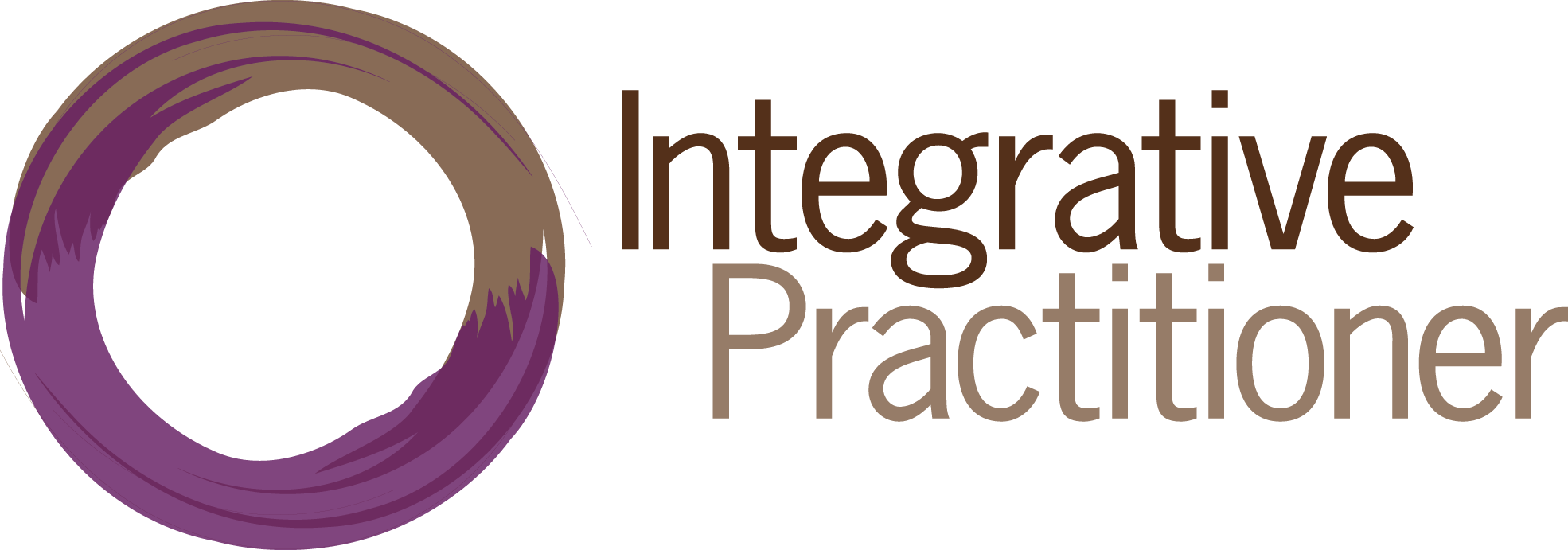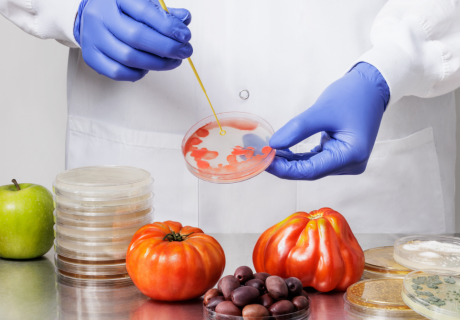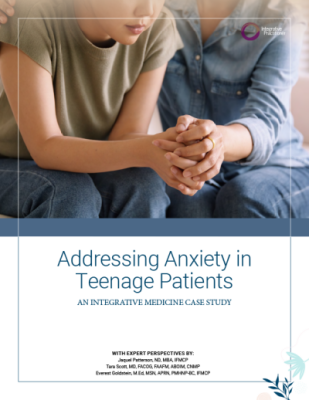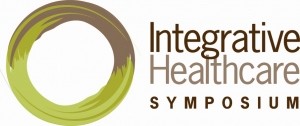Red Light Associated with Lowered Risk of Blood Clots

Emerging research from the University of Pittsburgh School of Medicine and UPMC highlights a surprising connection between light exposure and blood clot formation. Published in the Journal of Thrombosis and Haemostasis, the study reveals that exposure to long-wavelength red light may significantly reduce the risk of blood clots—leading causes of preventable death worldwide.
According to the study, the relationship between light and health has intrigued scientists for years, with studies linking sunlight to metabolism, hormone regulation, and cardiovascular events. Building on this foundation, lead author Elizabeth Andraska, MD, MS, and her team explored whether light exposure could influence blood clot formation.
“The light we’re exposed to can change our biological processes and change our health,” said Dr. Andraska. “Our findings could lead to a relatively inexpensive therapy that would benefit millions of people.”
In their study, mice exposed to red light for 12 hours daily over three days developed nearly five times fewer clots than those exposed to blue or white light. Importantly, these changes occurred independently of activity, sleep, eating, or body temperature.
The research extended to human data, analyzing more than 10,000 cataract surgery patients who received either blue light-filtering lenses or conventional lenses. Among cancer patients—a population with nine times the risk of blood clots—those with blue light-filtering lenses had a lower incidence of clotting.
“These results are unraveling a fascinating mystery about how the light to which we’re exposed on a daily basis influences our body’s response to injury,” said senior author Matthew Neal, MD, FACS. “Our next steps are to figure out why, biologically, this is happening, and to test if exposing people at high risk for blood clots to more red light lowers that risk.”
The team identified key mechanisms linking red light exposure to reduced clotting. Red light was associated with less inflammation and fewer immune system overreactions, such as neutrophil extracellular traps (NETs), which trap platelets and contribute to clot formation. Mice exposed to red light also showed increased fatty acid production, a factor that naturally reduces platelet activation and, consequently, clot formation.
Interestingly, the findings suggested that the optic pathway is key: red light had no effect on blind mice, nor did shining red light directly on blood samples.
According to the researchers, this discovery opens the door to innovative preventive strategies for those at high risk of blood clots, including heart attack, stroke, and pulmonary embolism patients. While red light exposure may eventually become a mainstream therapy, the research team is also investigating other applications, such as developing medications or therapies based on the underlying biological pathways.
“We’re designing red light goggles to control the amount of light exposure in preparation for clinical trials,” said Dr. Neal. “Getting to the bottom of our discovery has the potential to massively reduce the number of deaths and disabilities caused by blood clots worldwide.”
For integrative practitioners, this study emphasizes the importance of considering environmental factors—like light exposure—in patient care plans. While clinical applications are still under development, these findings suggest that recommending safe light exposure practices may soon complement other preventive measures like dietary changes and physical activity.




















SHARE